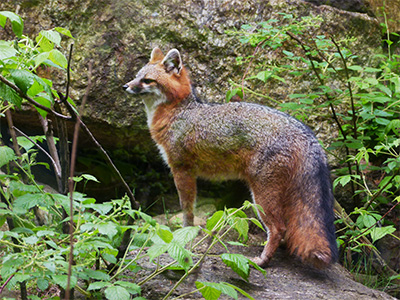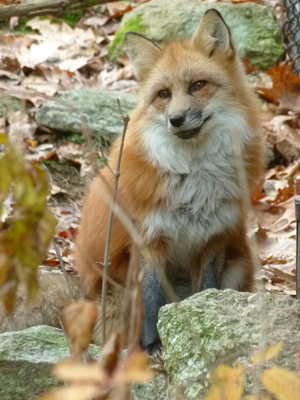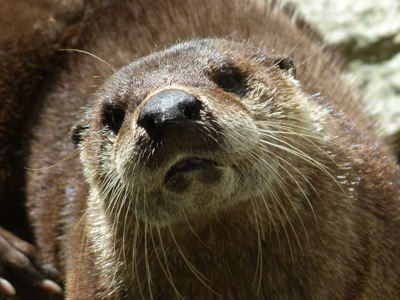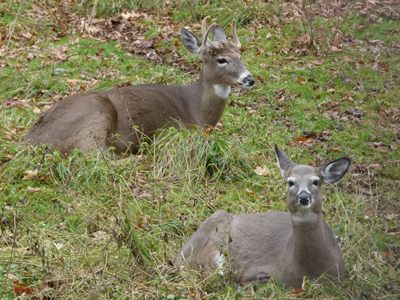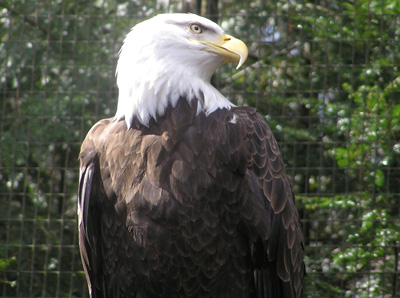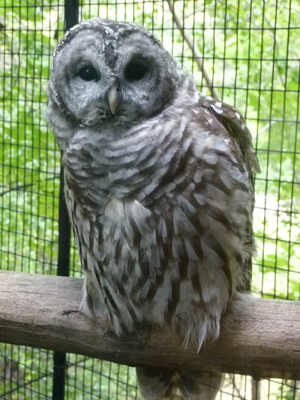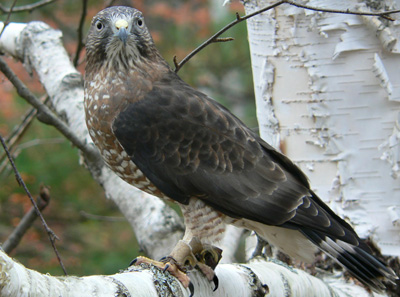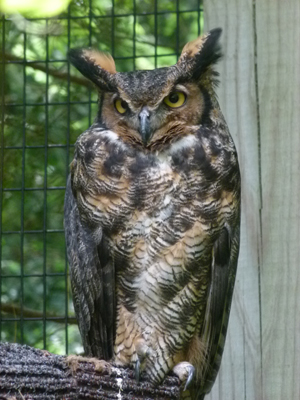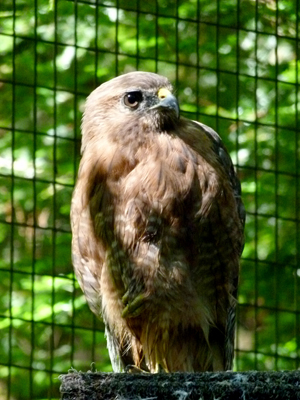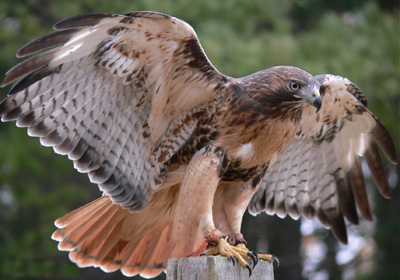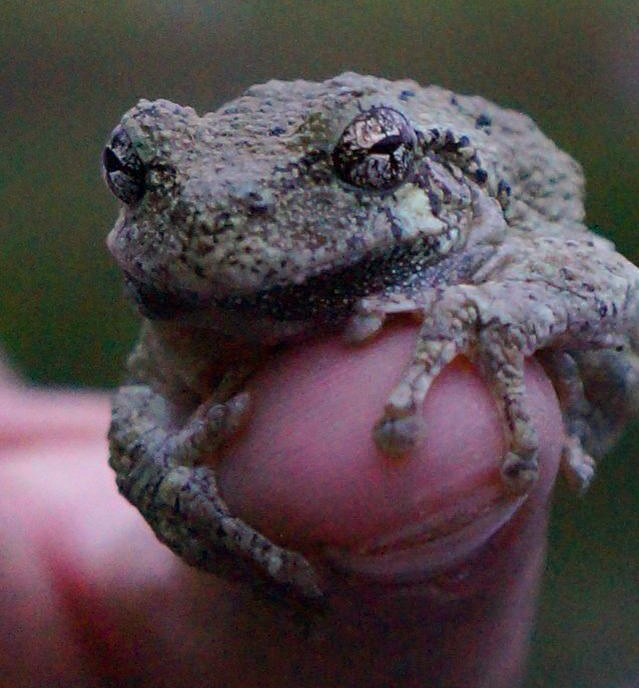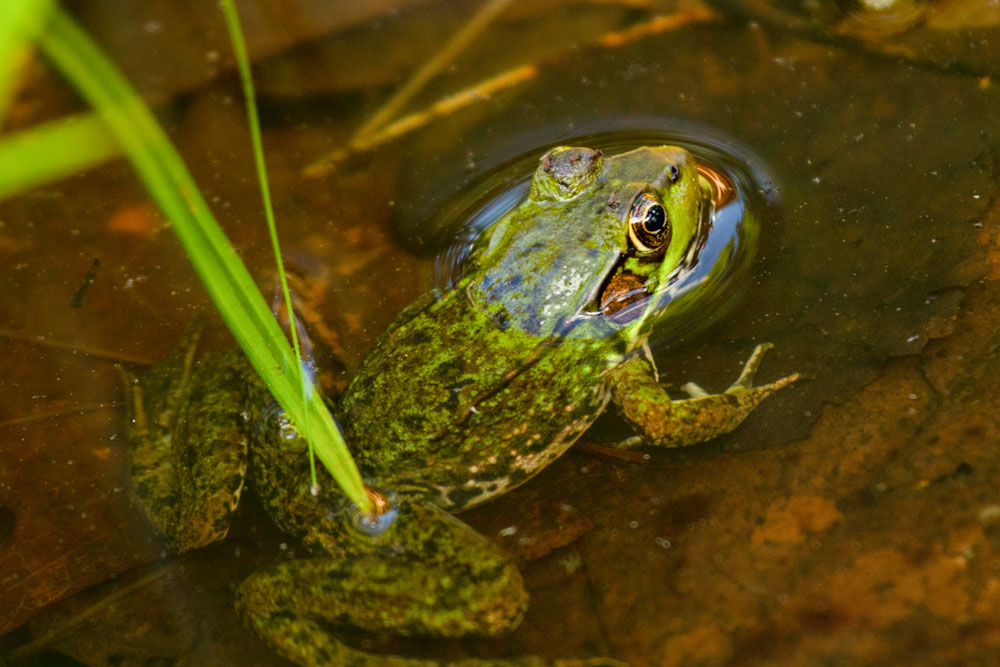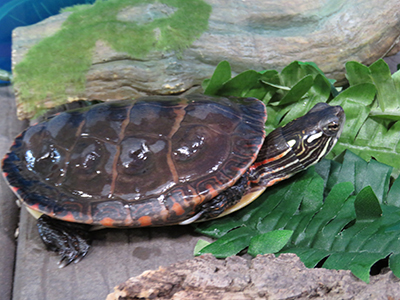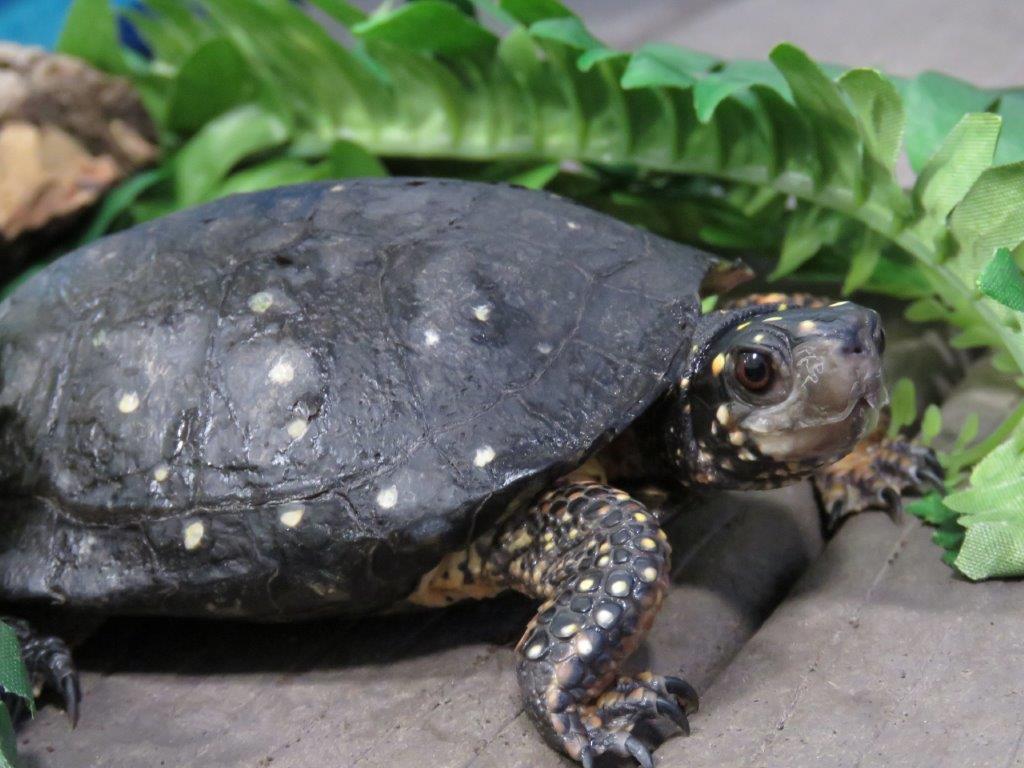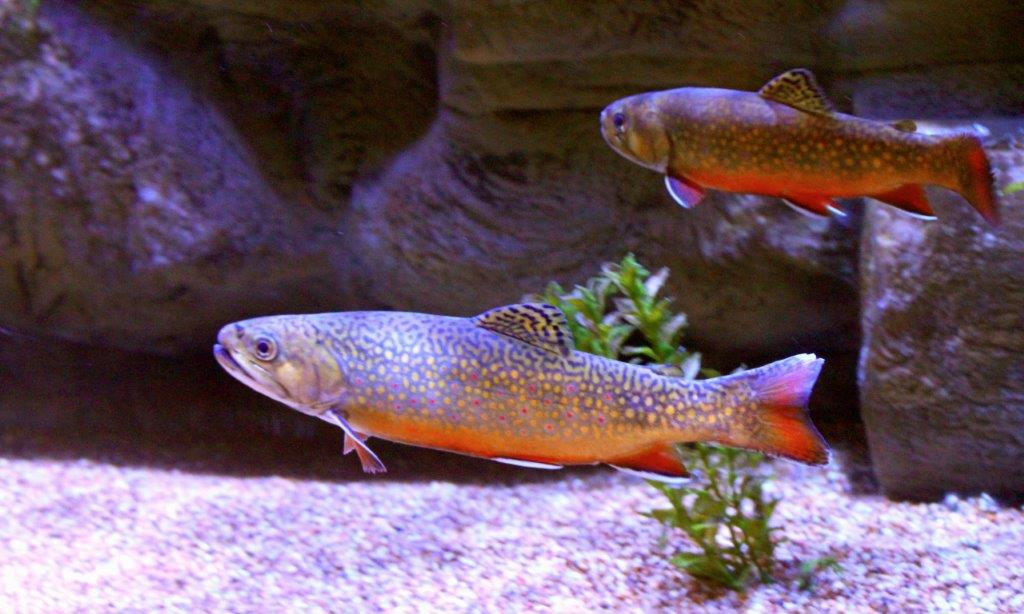Yellow Perch
Perca flavescens
| Kingdom | Animalia |
|---|---|
| Phylum | Chordata |
| Class | Actinopterygii |
| Order | Perciformes |
| Family | Percidae |
| Genus | Perca |
| Species | P. flavescens |
| Lifespan | Maximum of 9 to 10 years |
| Size | 4 to 10 inches long; weight over a pound is rare |
| Offspring | Average clutch size of 23,000 eggs (but the number of eggs is related to the size of the female) |
| Status | Secure |

About Yellow Perch:
What do yellow perch look like?
Yellow perch are long, laterally compressed fish. Their heads and mouths are large, and they have small, sharp teeth. They are yellowish-green with dark vertical bands. Anal fins are green or yellow-orange. Their dorsal fins are olive-colored and their bellies are cream-colored. Compared to other perch species, yellow perch are small - rarely more than 10 inches long.
Where do yellow perch live?
Yellow perch are isolated to North America only. They have native habitats ranging from the Great Lakes, to North Carolina, to the Hudson Bay. They are found in ponds, lakes, and slow-moving rivers among aquatic vegetation along shorelines.
What do yellow perch eat?
Yellow perch diets are determined by their age and size. As young, they primarily feed on zooplankton. They later switch to macroinvertebrates around age one. As adults, yellow perch feed on aquatic insects, small crustaceans, and small fishes.
Fun Facts!
- Yellow perch are mostly diurnal, meaning that they are active during the day. However, when they are spawning, they are active during borh the day and the night.
- Yellow perch travel in schools of 50 to 200 fish. They arrange their school by size and age, and swim in a spindle shape. Large adults are less likely to travel in schools. Male and female yellow perch often segregate into separate schools.
- Yellow perch are a vital food source for several bird species including Common Loons, Double-crested Cormorants, eagles, mergansers, and more. Their populations are secure in New Hampshire, but conservationists stress the importance of protecting shoreline vegetation and riparian buffers to maintain healthy yellow perch populations.
- Yellow perch are a popular game fish that can be caught year round by young and old alike.





